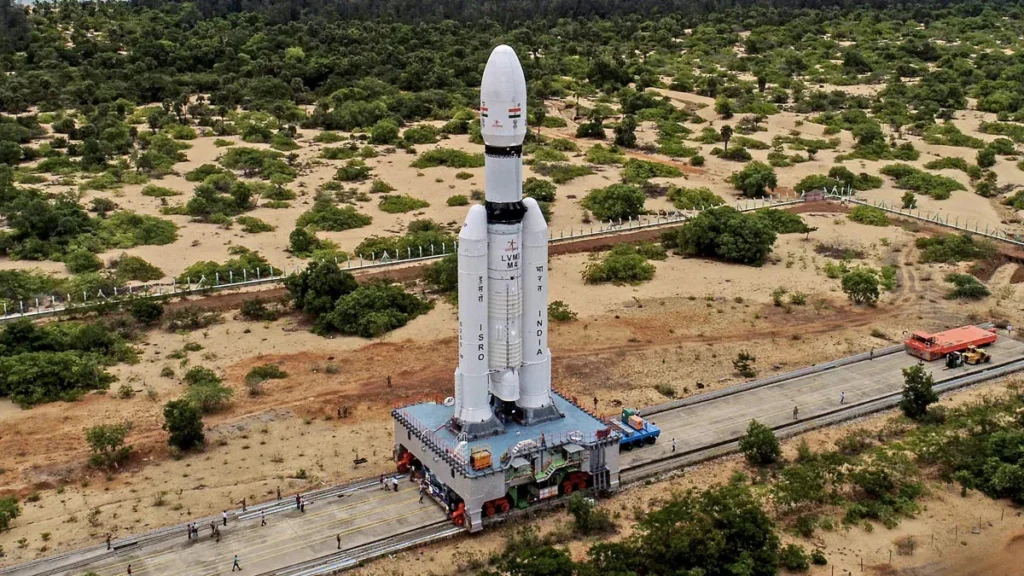ISRO Marks Historic 100th Rocket Launch Under New Leadership
Milestone Mission Features Indigenous Cryogenic Engine Technology
Leadership Milestone
Dr. V Narayanan, ISRO’s new chairman, faces his first major test as the space agency prepares for its historic 100th rocket launch. As a specialist in cryogenic engines, Narayanan brings particular expertise to this mission, which features indigenous cryogenic technology he helped develop over his career.
Launch Details
The GSLV F-15 (Geosynchronous Satellite Launch Vehicle F 15) stands ready at Sriharikota’s second launch pad:
- 50-metre tall rocket
- Weighs approximately 420 tonnes
- Carries indigenous cryogenic engine
- Will launch 2,000 kg navigation satellite
Technical Achievement
The mission represents a significant milestone in India’s space capabilities:
- 17th GSLV flight with domestic cryogenic engine
- Culmination of two decades of technological development
- Demonstrates India’s mastery of complex cryogenic technology
- Overcame international restrictions on technology transfer
Historical Context
India’s journey in rocket technology shows remarkable progress:
- First launch: SLV-3 in August 1979 (40 kg capacity)
- Current capability: Up to 8,500 kg payload
- Spans nearly 46 years of development
- Represents technological self-reliance
NavIC System
The mission’s payload will enhance India’s navigation capabilities:
- Navigation with Indian Constellation system
- Provides precise positioning services
- Coverage extends 1,500 km beyond Indian territory
- Offers Position, Velocity and Timing services
Leadership Perspective
Dr. Narayanan expressed confidence in the mission:
- Recalls his role in first indigenous cryogenic engine launch (2014)
- Emphasizes learning from past experiences
- Describes personal journey with cryogenic technology
- Views milestone as “divine blessing”
Technical Expertise
The development of cryogenic engine technology demonstrates India’s capabilities:
- Uses liquid hydrogen and liquid oxygen fuel
- Originally denied to India by international powers
- Took 20 years of indigenous development
- Now standard in heavy Indian rockets
Quality Assurance
ISRO maintains strict standards for the milestone launch:
- Dr. S Unnikrishnan Nair confirms robust preparation
- No special treatment despite milestone status
- Consistent with previous mission protocols
- Focus on maintaining proven success record
Future Implications
The 100th launch represents both achievement and foundation:
- Demonstrates technological maturity
- Shows growing space capabilities
- Establishes platform for future missions
- Reinforces India’s space autonomy
This milestone launch underscores India’s emergence as a major space power, highlighting both technological achievement and organizational capability. Under new leadership, ISRO continues its tradition of innovation and reliability, building on decades of experience while pushing boundaries of indigenous space technology.

